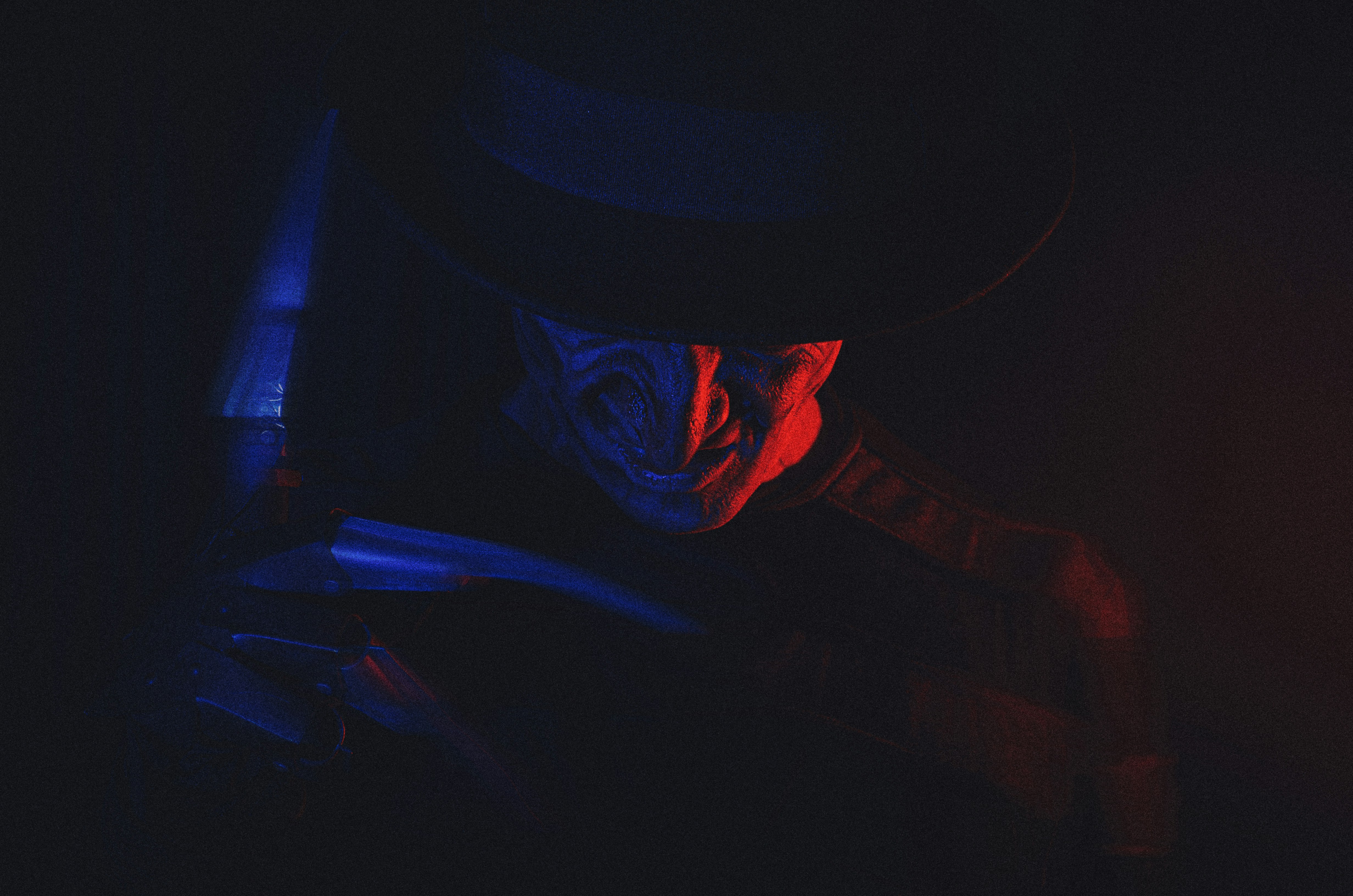
Understanding the Complexity of Villainy
In the world of television dramas, few roles are as captivating as those of villains. Park Yoon Jae and Lee Ga Ryung have recently opened up about the intricacies of portraying these complex characters in their latest series, ‘Queen’s House’. Their reflections provide intriguing insights into the art of villainy and the emotional weight that comes with these roles.
Park Yoon Jae’s Insight into His Character
Park Yoon Jae portrays a character that challenges the audience’s perception of morality. He describes his role as a journey into darkness, where the character’s motivations stem from deep-seated traumas and desires. “It’s crucial to understand the backstory of a villain,” he emphasized. “What may seem like evil actions often have roots in pain or loss.” This depth adds a significant layer to the narrative, making viewers question their own definitions of right and wrong.
Lee Ga Ryung’s Perspective on Playing the Antagonist
Similarly, Lee Ga Ryung discusses her experiences in embodying a character full of contradictions. “Villains rarely see themselves as villains,” she stated. “I aimed to show the nuances of her character, balancing her malicious intent with moments of vulnerability.” This duality allows the audience to empathize with her character, showcasing that villainy is not merely about the chaos they wreak, but also about the complexity that resides within.
In ‘Queen’s House’, both Park Yoon Jae and Lee Ga Ryung illustrate that playing a villain involves much more than just malevolent actions; it is about conveying a deeply human experience. Through their performances, they invite viewers to explore the gray areas of morality, leaving a lasting impact on the audience.
Discover more from Techtales
Subscribe to get the latest posts sent to your email.